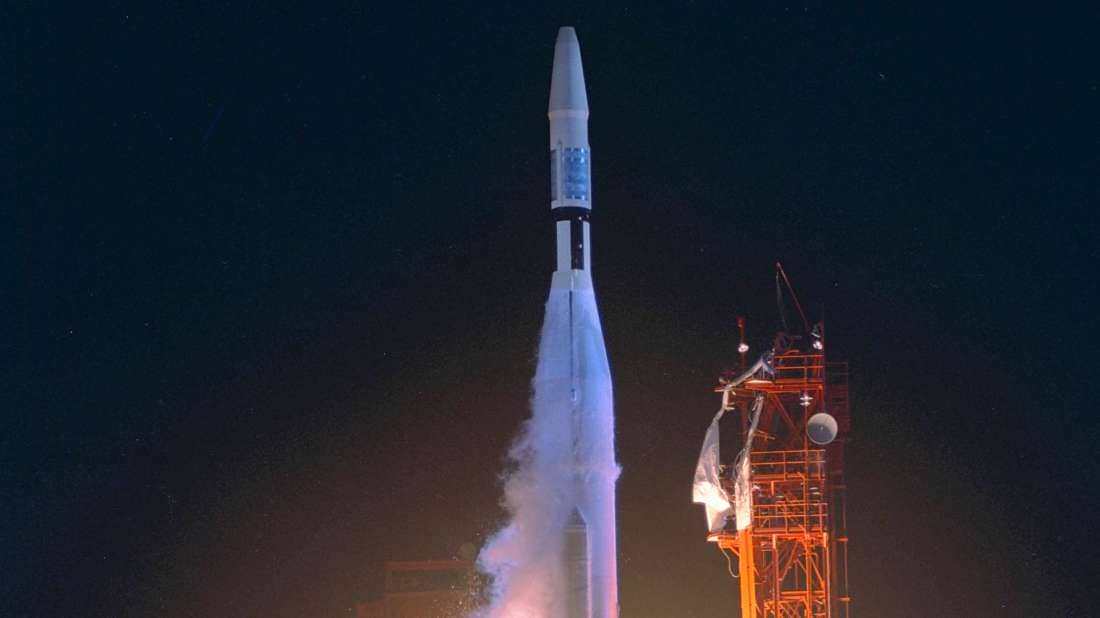In 1962, NASA launched the much-hyped Mariner 1, the first spacecraft of the American Mariner program. The spacecraft was designed to fly by Venus and collect data on its temperature and atmosphere.
Intended to be the first interplanetary craft— Mariner 1 was expected to make history.

Yet the mission had to be forcefully aborted 293 seconds into the launch, giving the historic flight a tragic end.
In the aftermath of the mission’s failure, many theories were given for the spacecraft’s malfunction. However, the official version and the one directly given from the Spacecraft’s post-flight Review board cited a “missing hyphen” in the flight’s computer code as the reason for the failure.
According to NASA’s website, faulty guiding commands (due to the error in code) directed the spacecraft towards a crash:
“The booster had performed satisfactorily until an unscheduled yaw-lift maneuver was detected by the range safety officer. Faulty application of the guidance commands made steering impossible and were directing the spacecraft towards a crash, possibly in the North Atlantic shipping lanes or in an inhabited area. [A range safety officer subsequently ordered its destructive abort.]”
The most expensive Hyphen in history
Just a missing hyphen in the hand-transcribed mathematical code of the spacecraft Mariner 1 cost NASA 150 million US dollars (over 600 million US dollars today) and was thus aptly called the “the most expensive hyphen in history” by writer Arthur C. Clarke.
The failure was one of many early space launch failures and highlighted how even the tiniest of details can result in catastrophic consequences in Space launches.


